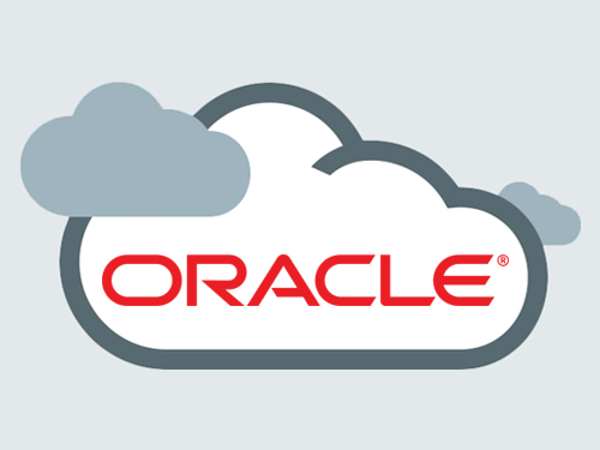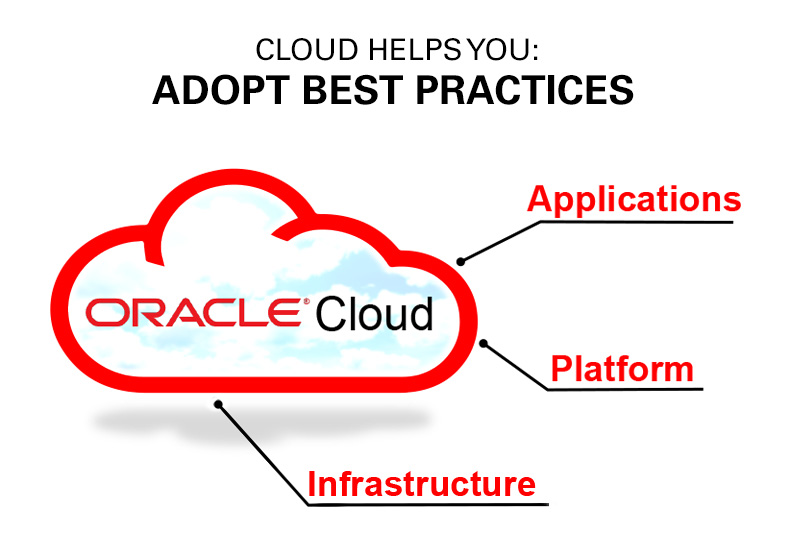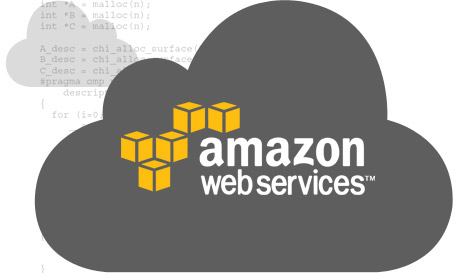Preamble
Having had a good impression from my use of Amazon Web Services (AWS), I decided to take a look at Oracle Cloud. AWS is of course the market leader but Oracle, Microsoft et al have joined the fray with competing services. What follows is nothing like a Gartner report, rather it is my personal experience of the Oracle and AWS services, as an end user. AWS is already well known and is perhaps the benchmark by which all others are presently measured. This article maintains that same perspective. The narrative is of my experience of Oracle Cloud and how it compares with AWS. To keep this brief, I will only mention the cons.
…
Setting Up
As with every online service, Cloud or otherwise, you need to sign up and configure an account with the provider. The Oracle Cloud account set up involved more steps than the AWS. The telling difference though was in the time it took for the account to be available for use. Whereas the AWS account was all ready to go within a day, it took about 3 working days for my Oracle account.
The second difference was in communication. AWS sent me one email with all I needed to get started; Oracle sent me about 5 emails, each with useful information. I had some difficulty logging on to the Oracle service at first. But this was because I thought, wrongly, that the 3 emails I had received contained all that I needed to log in. The 4th email was the one I needed and with it in hand, login was easy and I could start using the serivces – the 5th email was for the VPN details.
Oracle Cloud Services
Having set up the account, I was now able to login and access the services. I describe my experience under four headings: user interface, service granularity, provisioning and pricing.
:User Interface
I will describe the interface usability in three aspects: consistency, latency, and reliability. First is consistency. On logging in to the Oracle Cloud, there is an icon on the top left hand corner that brings up the dashboard. This is similar to AWS. However, clicking that same button in the default, database, storage and SOA home pages results in a different list of items in the dashboard display. This can be confusing as users may think they have done something wrong, or lost access to one of their cloud services. The second, latency, is also a big problem with some in-page menus. Response time for drop-down lists can be painfully slow and there is no visual indicator (hourglass) of background processing. In extreme cases, latency becomes an issue of reliability. There are times when in-page menus simply failed to display despite several clicks and page refreshes.
:Service Granularity
The area of concern is IaaS, and the two services I had issue with were compute and storage. The choice of OS, RAM, CPU, etc. available when selecting a compute image is quite limited. Mostly Oracle Linux and a chained increase in RAM and CPU specifications. When creating storage; it appears that there is only one “online” storage class available – standard container. The usage of the terms “container” and “application container” was a bit confusing in this context. This is especially so when trying to create storage for a database that will be used by Oracle SOA Cloud.
:Provisioning
Provisioning is the fulfilment of the request to create a service package (IaaS, PaaS or SaaS). The time it took to create a database (PaaS) instance was in excess of 30 minutes. Perhaps this was due to the time of day and high concurrency. Nevertheless, given that I could run a script to do same on my laptop within 10 minutes, one would expect equal or better from the cloud. The delay is even longer with creation of the Oracle SOA Cloud instance; this took well over 2 hours to complete. Scripted creation of instances would be much quicker on a modest PC. For cloud services, images should provide even quicker initialisation of instances from templates.
:Pricing
This could be the elephant in the room. Whereas options were few and insufficient in IaaS, the array of pricing for almost identical PaaS offerings was long and rather confusing. Unlike AWS, there are only two schedules: hourly or monthly. There are no options to reserve or bid for capacity. Finally, even the lowest prices are quite high from the perspective of an SME. The granularity of billing needs to be reduced or the composition of IaaS and PaaS should give greater flexibility. Either way, entry prices need to be attractive to a larger segment of the market.
Summary
A great impediment to comparison is the short trial period allowed for Oracle Cloud services. The 30 day allowance is insufficient, except for those with a prepared plan and a dedicated resource. Such an exercise would in itself amount to no more than benchmarking, leaving little room for gaining a real feel for the services.
We should set aside the latency issues in setup, user interface and provisioning. These are easy problems to resolve and it is likely that Oracle will fix these very soon. The output of provisioning for Oracle-specific PaaS and SaaS services was very good and compares favourably with AWS. One advantage of the Oracle PaaS is the simple configuration of requisite security to gain access for the first time. This meant that the PaaS services were very quickly available for use without further tweaking of settings. The shortcoming, as previously stated, is that provisioning can take quite a while. Overall, the use of the Oracle PaaS was seamless and integration with on-premise resources was easy. The only exception being JDeveloper, which could not integrate directly with Oracle SOA Cloud instances.
Competition
AWS has the benefit of early entry and has a far richer set of services. But the feature set is not an issue since Oracle is not into Cloud as an end, but as a means to extend the availability of existing products and services. However, even in the limited subset where there is an overlap, AWS provides finer granularity of services/features, better interface usability, and a much more alluring pricing model.
Oracle has fought many corporate and technology battles over the years. The move to Cloud space is yet another frontier and changes will be needed in the following areas.
- Open up the options and granularity of IaaS offerings
- Address significant latencies in provisioning PaaS services
- Revise the pricing model to accommodate SMEs
- Totally refresh the flow and performance of web pages
The Cloud has arrived, like the Internet, underestimated initially, but it promises likewise to revolutionise IT. This market will certainly benefit from competition and I surely hope that Oracle will take up the gauntlet and offer us a compelling alternative to AWS – horizontal and vertical.
God bless!
—
Oyewole, Olanrewaju J (Mr.)
Internet Technologies Ltd.
lanre@net-technologies.com
www.net-technologies.com
Mobile: +44 793 920 3120



